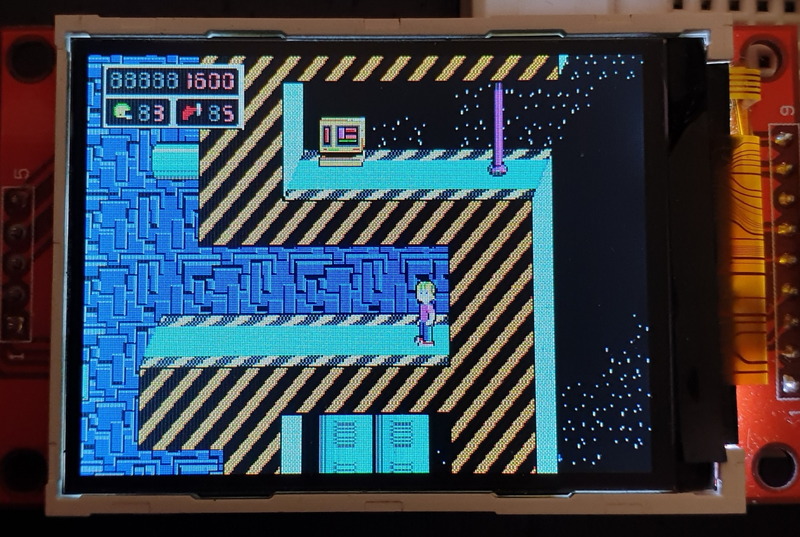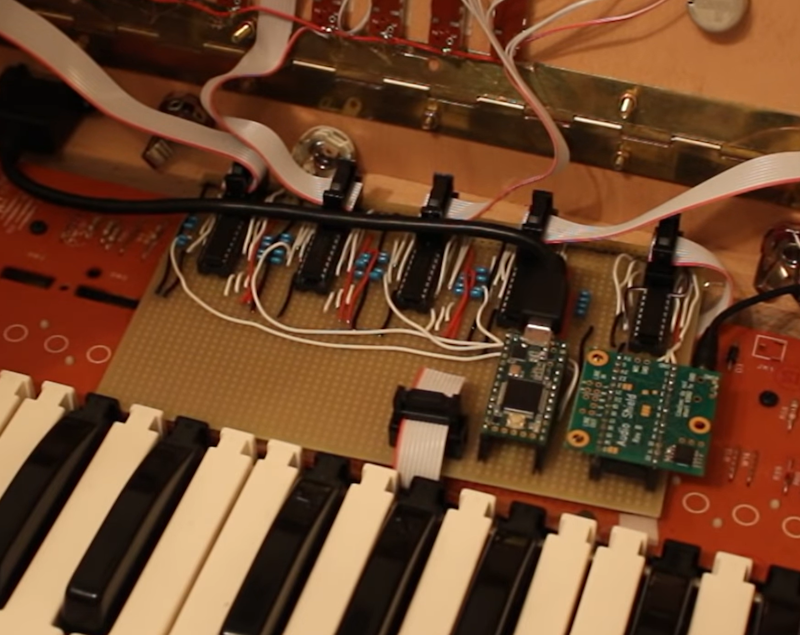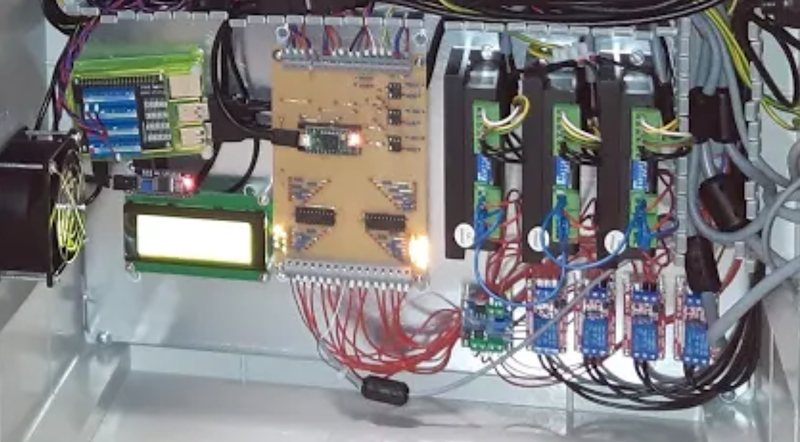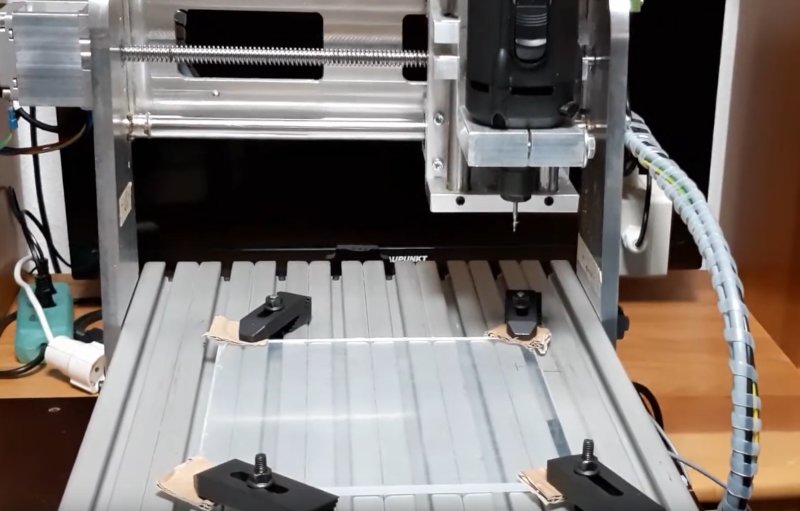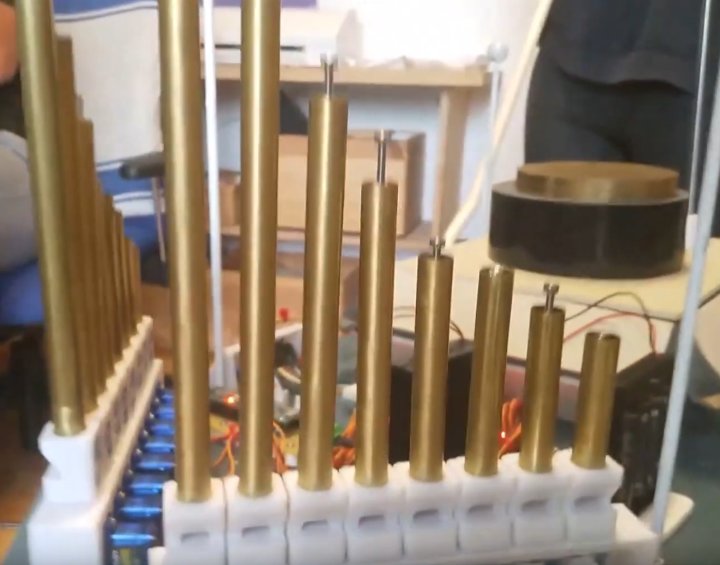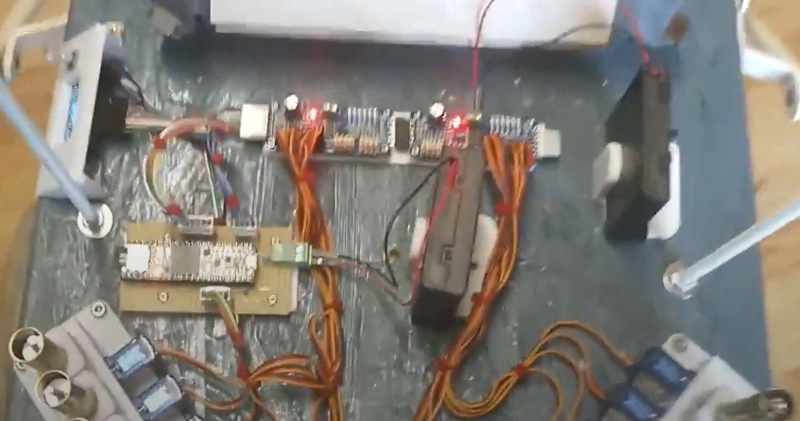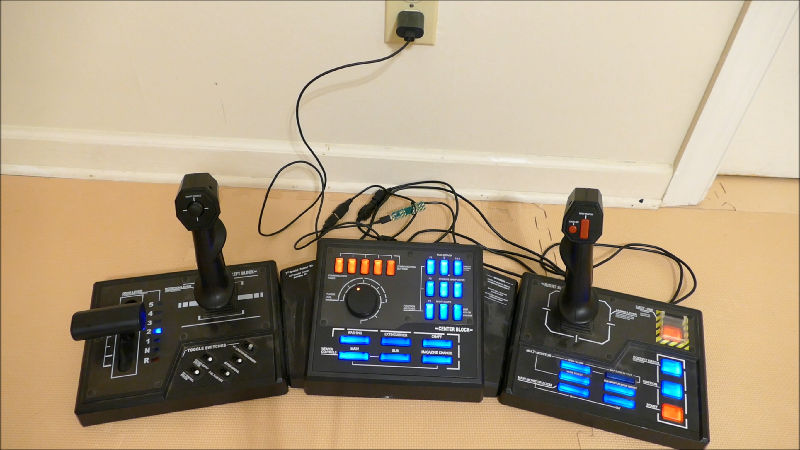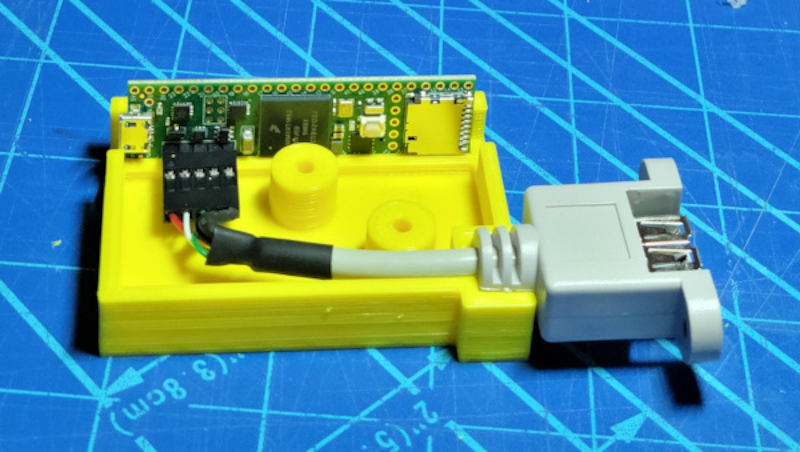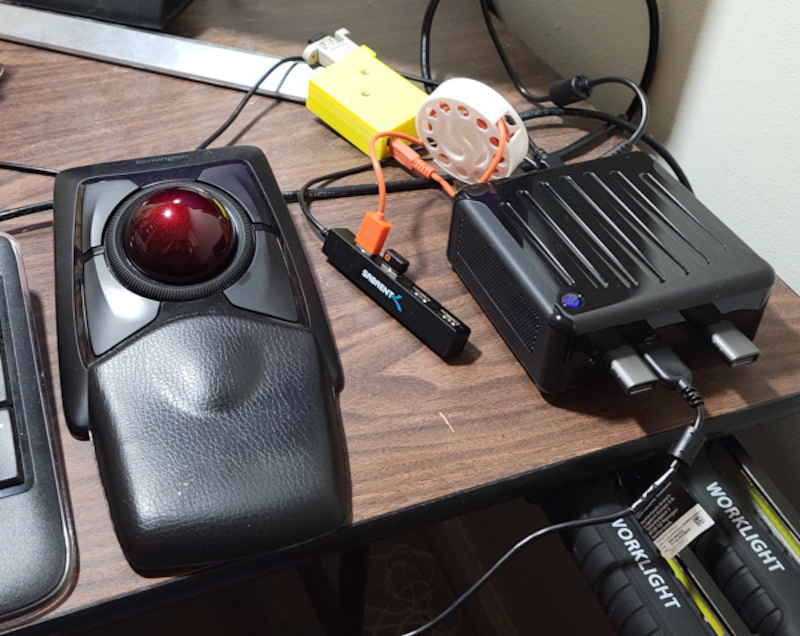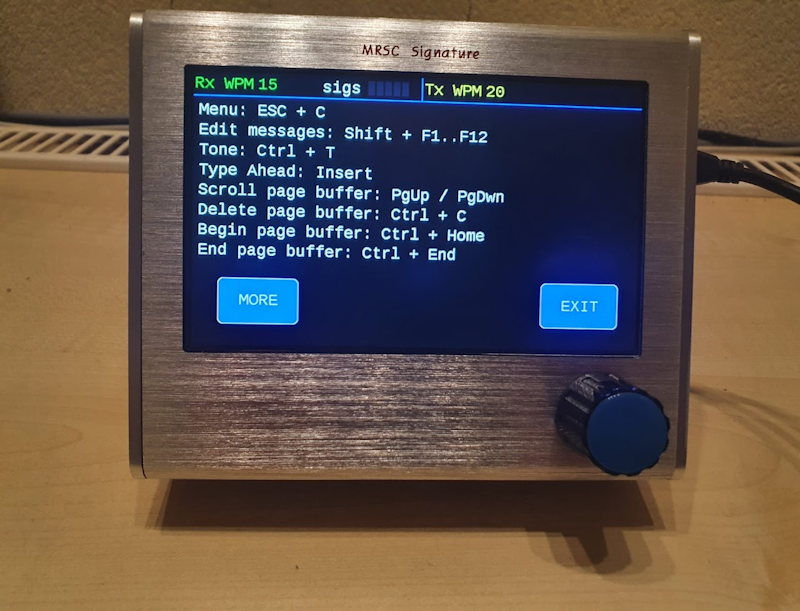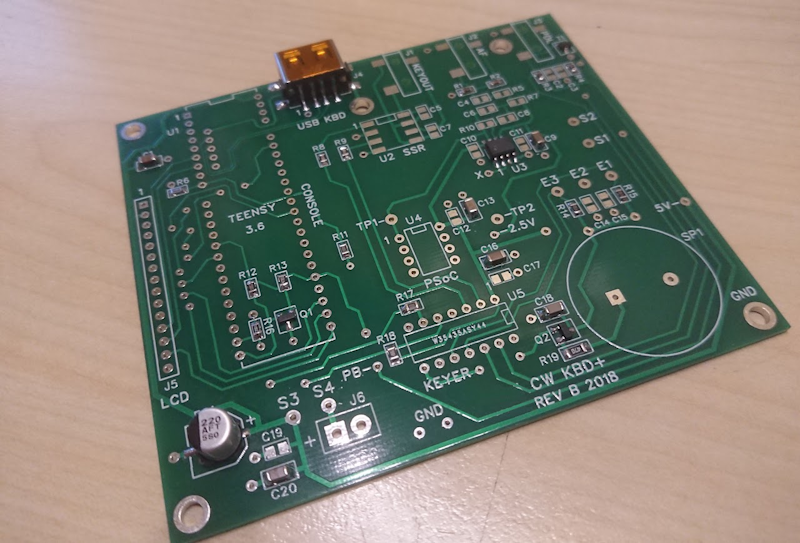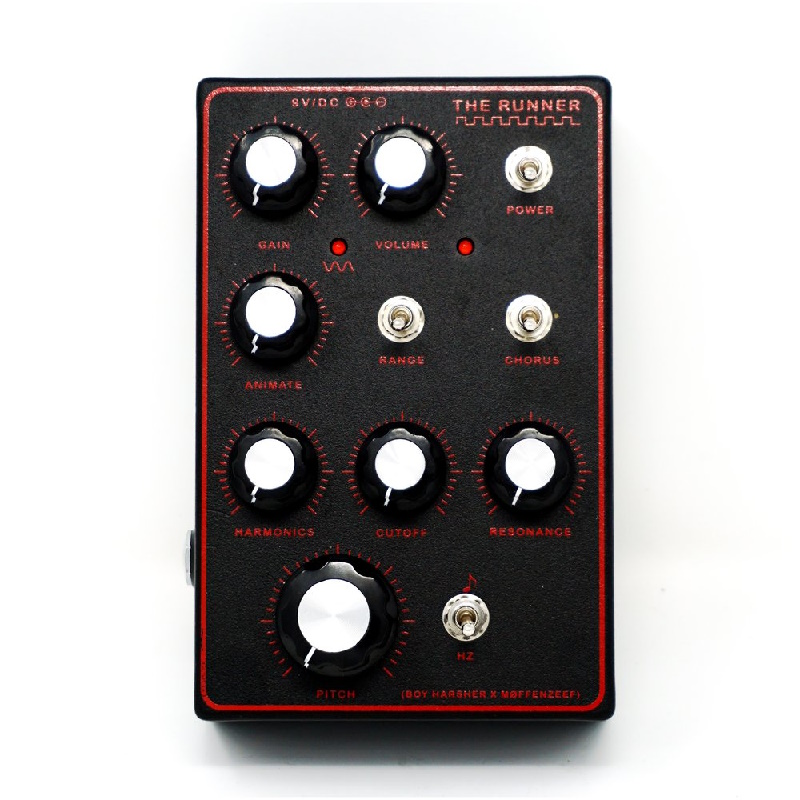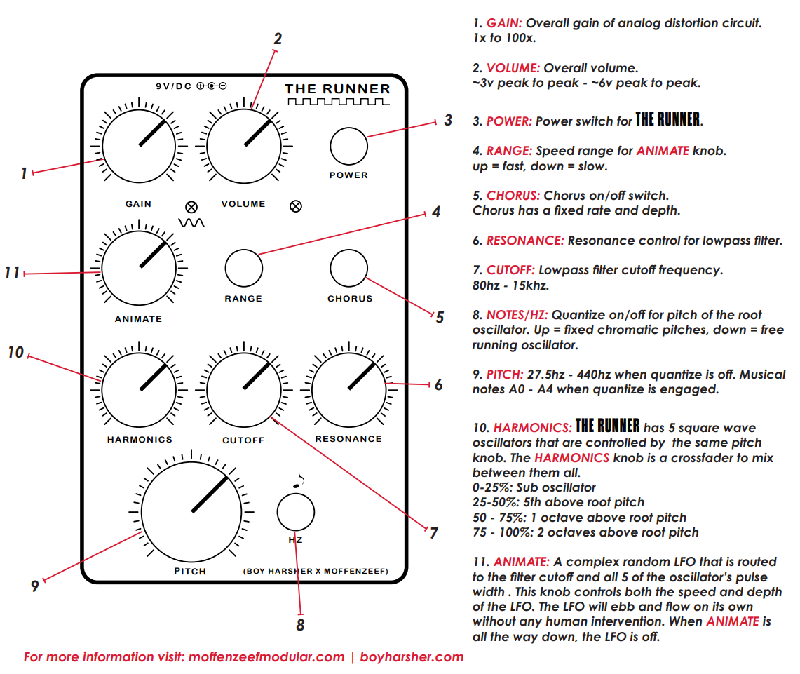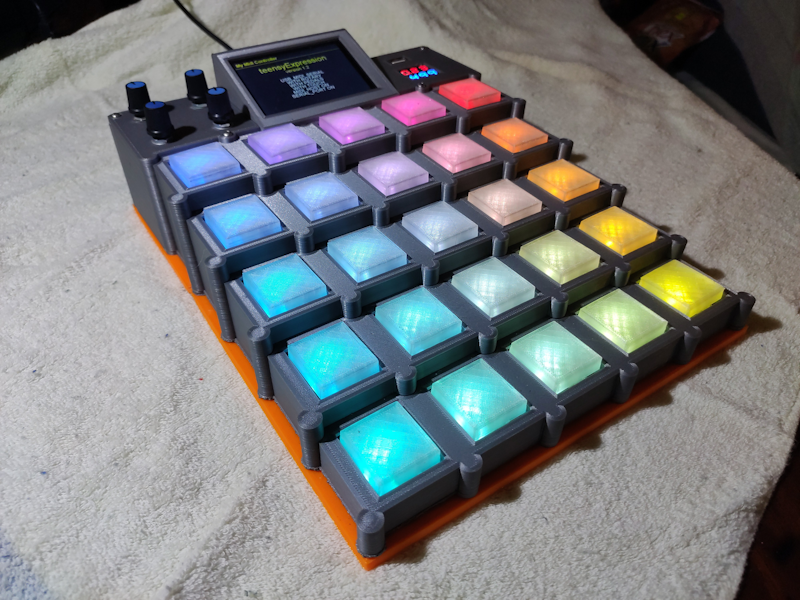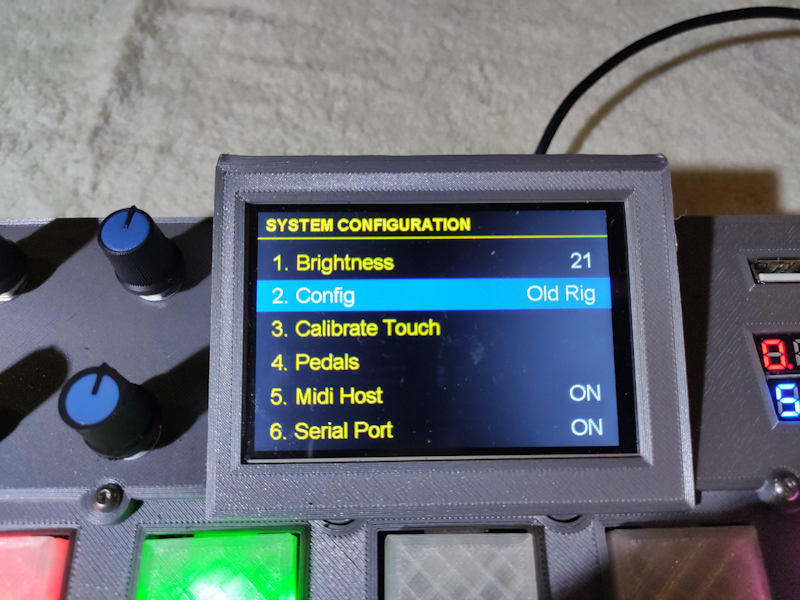Ryzee119 demonstrates the Teensy 4.1’s superior performance with a port of the Commander Keen “Commander Keen in Goodbye Galaxy!” series!
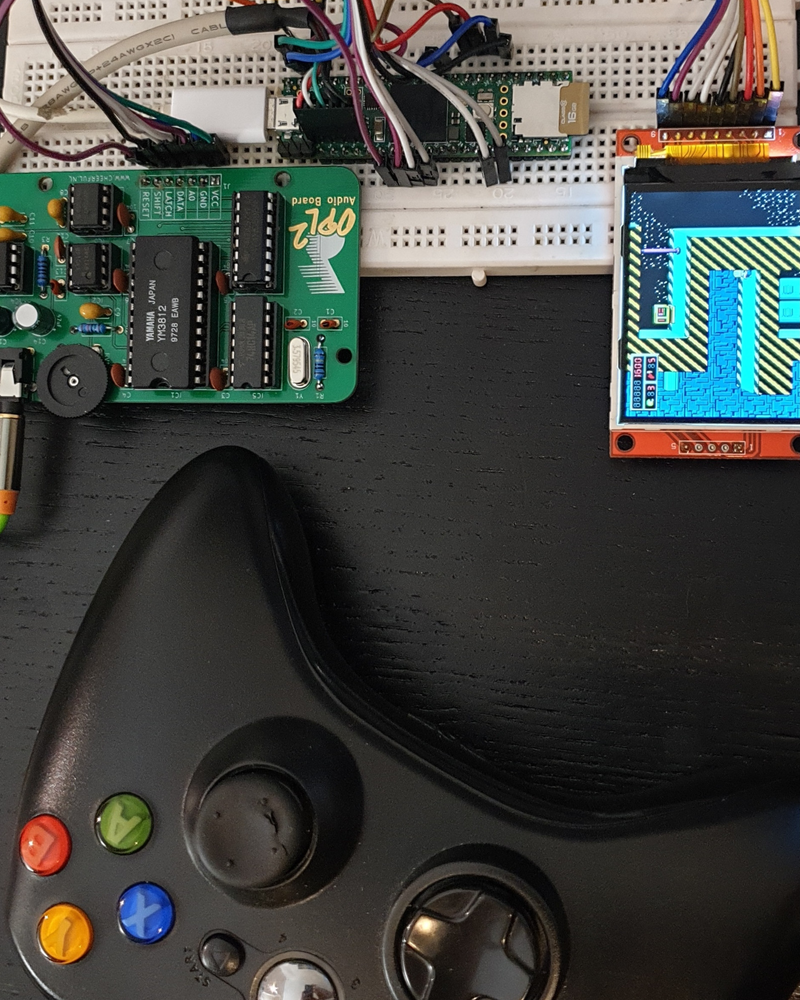
Perhaps best known for first-person shooters like Wolfenstein, Doom, and Quake, id Software’s Commander Keen, the side-scrolling adventure based on their Super Mario Brothers 3 clone for PC, was also an incredible shareware success.
Ryzee119 used the Omnispeak C clone for Windows and Linux as the basis for his Teensy emulator. Requiring just a 64Mbit of PSRAM and an ILI9341 TFT LCD Display, OmnispeakT4 supports save games via SD, Xbox 360 controller input via USB, and with an optional YM3812 OPL2 FM-synthesizer board, genuine OPL AdLin audio synthesis too!
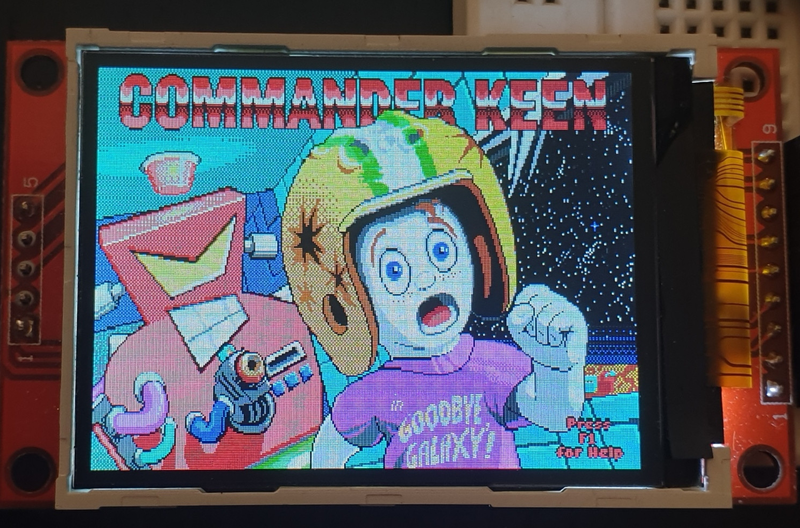
Wiring and compilation details for OmnispeakT4 are available on GitHub, and a video of it in action (complete with sound) can be found on Imgur.
